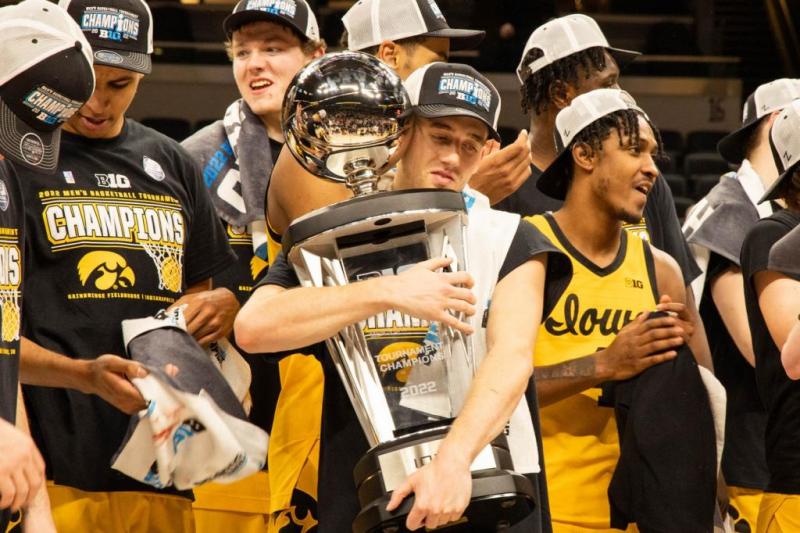How to Win Your Office Pool
It is March, the time of year when everybody becomes a college basketball fan. Pride, and maybe more, is on the line when you fill out your NCAA Tournament Bracket. Whether you go with a scientific approach to filling out your bracket or prefer a little more research, College Sports Madness has you covered. Every NCAA Tournament team has a capsule that breaks down every team and how they performed this season. It has more statistics than you could ever want, starting lineups and key roleplayers.
Taking the research route is vital for winning any office pool, but there are also guidelines for those who prefer numbers. For example, a #16 seed has only beaten a #1 once. Out of 144 tries, the #15 seed has only beaten the #2 seed nine times. Picking upsets is nice, but picking a #15 or #16 seed to do anything is a good way to make it to the bottom of the standings in your office pool. This season may have a few more upsets than usual due to potential Covid-19 changes to the bracket and rosters so a little extra research and staying up to date on that front could prove very beneficial.
The First Round Numbers:
#1 seed is 143-1 against the #16 seed
#2 seed is 135-9 against the #15 seed
#3 seed is 122-22 against the #14 seed
#4 seed is 113-31 against the #13 seed
#5 seed is 93-51 against the #12 seed
#6 seed is 90-54 against the #11 seed
#7 seed is 87-57 against the #10 seed
#8 seed is 71-73 against the #9 seed
So what does all of that mean? It means, on average, more than two #11 and #12 seeds advance to the Round of 32 each tournament. It also means picking the #7/#10 game and #8/#9 game is practically a coin flip, although the #7 seeds have been dominating that particular contest over the last few years. This is where matchups come into play and a little extra research should be done.
The Sweet Sixteen:
So you may have found your George Mason or VCU or Loyola Chicago, but how far do you take them? Not many had VCU in the Final Four. And those who did probably had a crazy bracket and lost anyway. When picking upsets, be sure to cover yourself. Those double-digit seeds might make the Sweet Sixteen, but picking them to go any further than that is usually a bad idea. It certainly is not worth the risk.
The Final Four:
Remember long ago when that guy who has never watched a college basketball game in his life won the office pool? That was 2008 when all four #1 seeds made it to the Final Four. Every year there will be a lot of people who pick all four #1 seeds to make the Final Four, but 2008 is the only time it has ever happened. Some top seeded teams will lose before they make it to the third weekend of the NCAA Tournament. Most pools weigh points very heavily towards the final, so getting as many teams right in the Final Four is extremely important. And they will not be all #1 seeds. The best bet is to pick a couple #1 seeds to reach the Final Four, a #2 seed and a either a #3 or #4, if there is one you like. If you get that #2 seed and the #3 or #4 seed right, you will be in great shape heading into the third weekend of the tournament. Even if you do not get those slight underdog selections, it is likely you will not lose too much on your competition as long as the #1 seed does not reach the Final Four out of that region.
Using the NCAA Tournament history to help make selections goes along very well with a little research. Which #3 seed has a good shot at making the Final Four? Who could be this year’s Cinderella? College Sports Madness will give you all the information you need to build a solid bracket.

